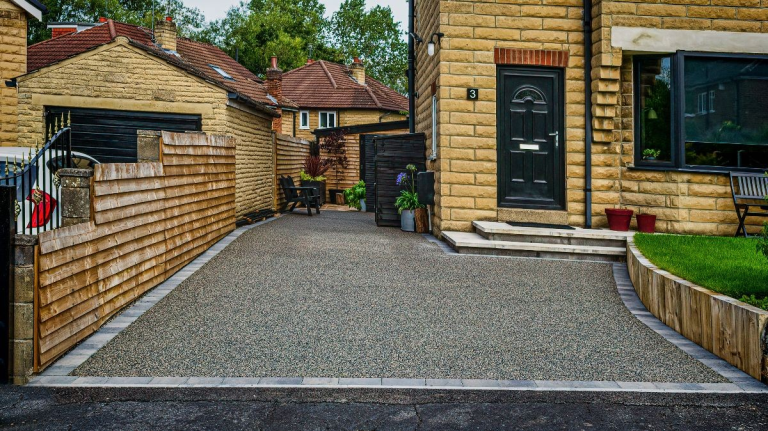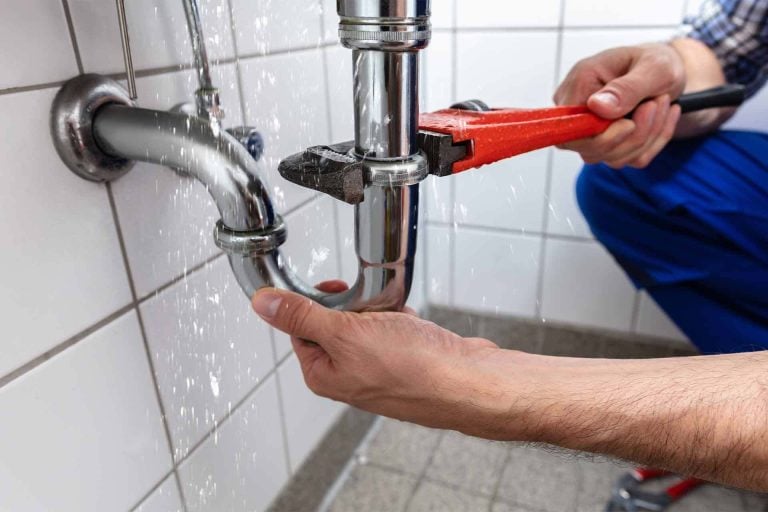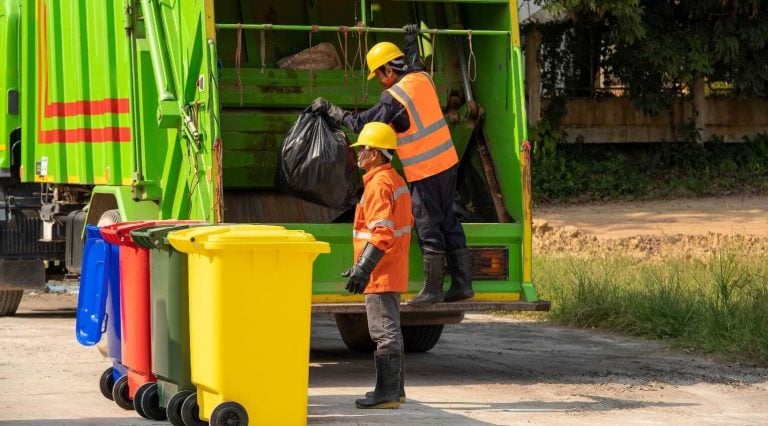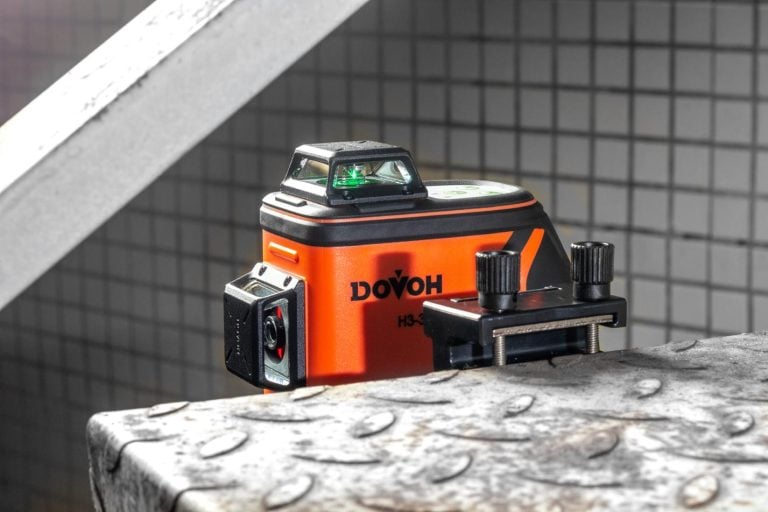Why Choose a Drainage Channel for Your Patio or Driveway?
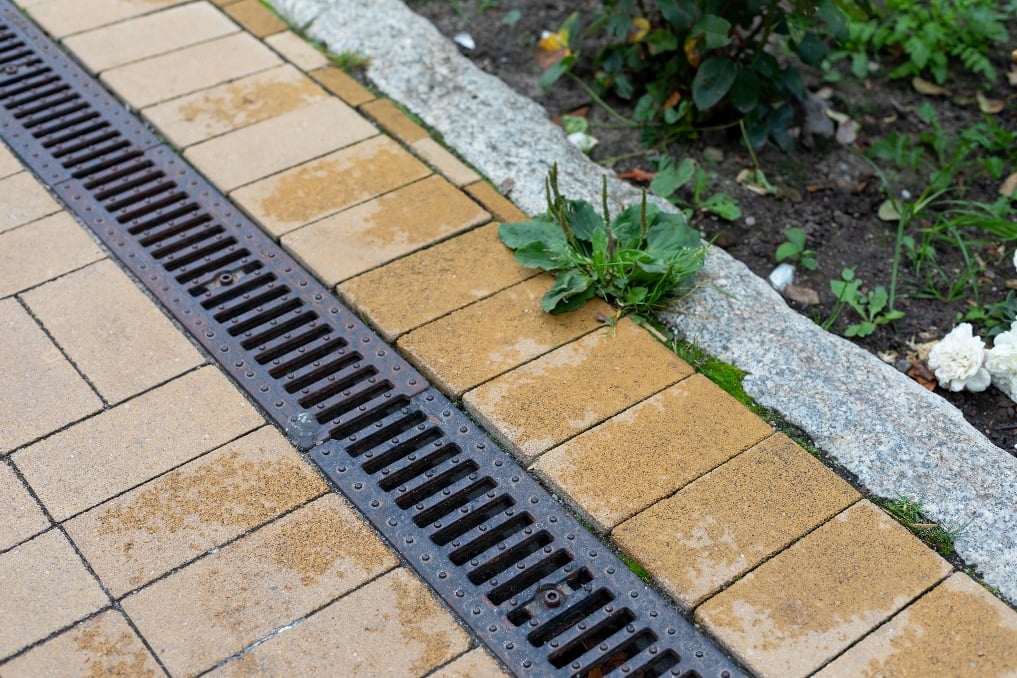
Table of Contents
What Are Drainage Channels and How Do They Work?
Drainage channels are a linear drainage system used in outdoor projects such as patios, driveways, pavements and gardens. Their main function is to collect and divert water away so it doesn’t pool up on the surface, as this can cause various issues.
Often made from metal, plastic or concrete, drainage channels come in a variety of sizes and styles to suit the project at hand. If you’re looking for a robust and efficient drainage solution for areas that might be prone to flooding, drainage channels are an excellent option to consider.
The channels consist of various components to catch water and divert it away from the home. The long grate sits at the surface, with gaps big enough to catch water but small enough to prevent debris from entering. A catch basin sits just underneath the grate to collect the water that is being drained, and from there a pipe carries the water away to the outlet.
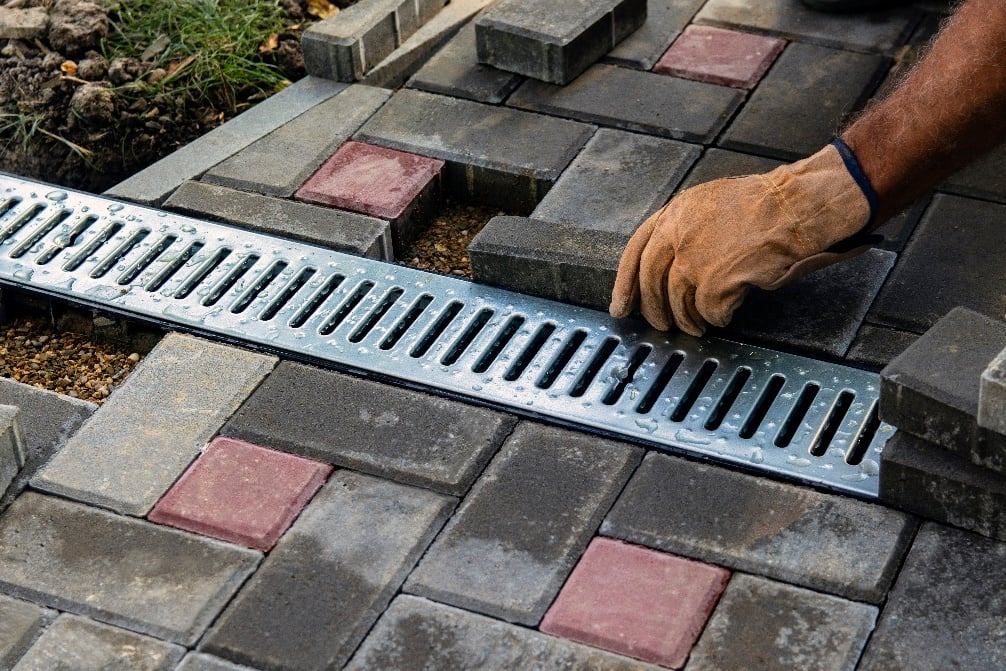
What Are the Benefits of Using Channel Drains?
Drainage channels are a great solution for areas that might be prone to a build-up of surface water, such as driveways and paved areas. If water builds up, such as from rainy weather, watering plants or washing the car, it can pool on the ground and flood the area. Most garden plants and lawns won’t be able to survive being waterlogged for long, and loose aggregates such as gravel can become displaced and moved around. Flooding can be a safety issue as well as an eyesore, and installing a high-quality drainage channel can prevent all of this.
As well as preventing flooding and erosion, channel drains can add aesthetic appeal to a home by removing water and hiding unattractive drains. When installed correctly, they can be practically invisible, and there are several colours and finishes available to blend into the natural environment.
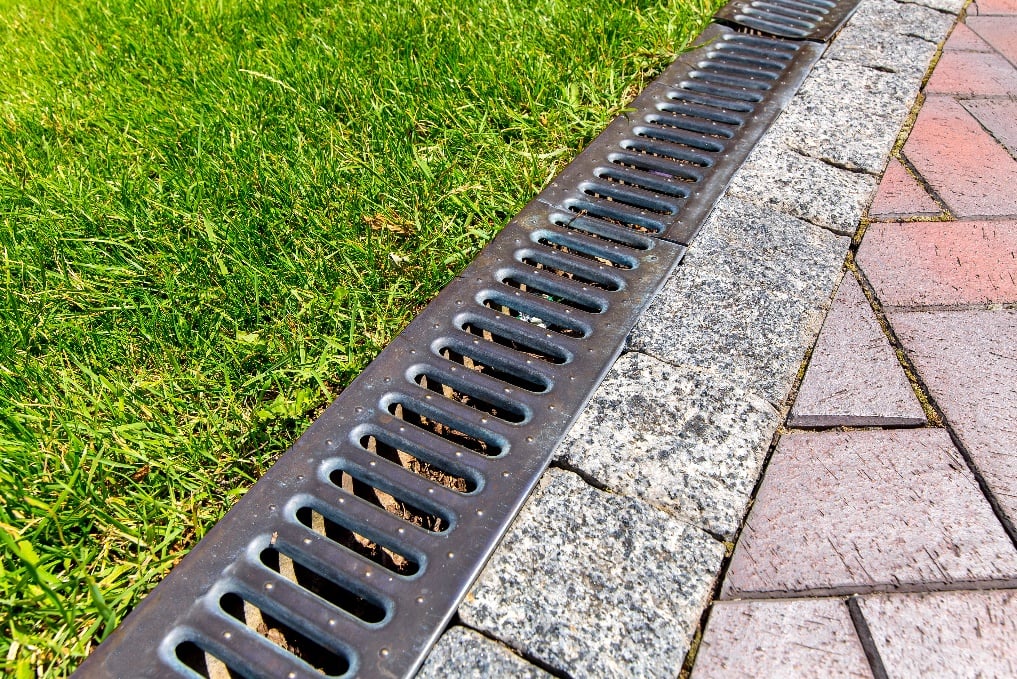
How to Fit and Connect Drainage Channels
Whether you’re a seasoned contractor or someone with decent DIY skills, installing a linear drainage channel is a relatively easy task. First, you’ll need to decide where you want the actual drainage channel to go and how it will connect to the existing underground drainage system.
Common places to install a drainage channel include around the perimeter of a property or next to patios and driveways.
You’ll need to dig a trench that’s big enough to accommodate the drain, line it with a landscaping aggregate such as gravel, place the channel inside and connect any components of the drain together. Once it’s in place you can fill in any gaps and the surrounding area with soil or aggregate and pack it all down so it’s secure.
A common question that people ask is: does a drainage channel need to be sloped? The answer is yes – a channel drain should always have a slight slope when installed. This aids the capture and drainage of water through the grates and down the pipe, into the outlet for the sewer pipe which will also have a slight slope to it.
What Are the Best Types of Drainage Channels?
Depending on the needs of the project at hand, there’s a huge variety of drainage channels available on the market from top reliable brands such as ACO and FloPlast. You can get both surface and subsurface drains, with surface drains featuring a grate and subsurface drains sitting under the ground without a grate.
You can also choose between either corrugated drainage pipes (made from ribbed plastic or metal) and PVC pipes. Corrugated pipes are often used with surface drains and PVC pipes are used with subsurface ones.
Drainage channels are a highly versatile and customisable drainage solution, with various sizes, styles and materials to choose from to complement the outdoor space while offering top-quality water drainage.

